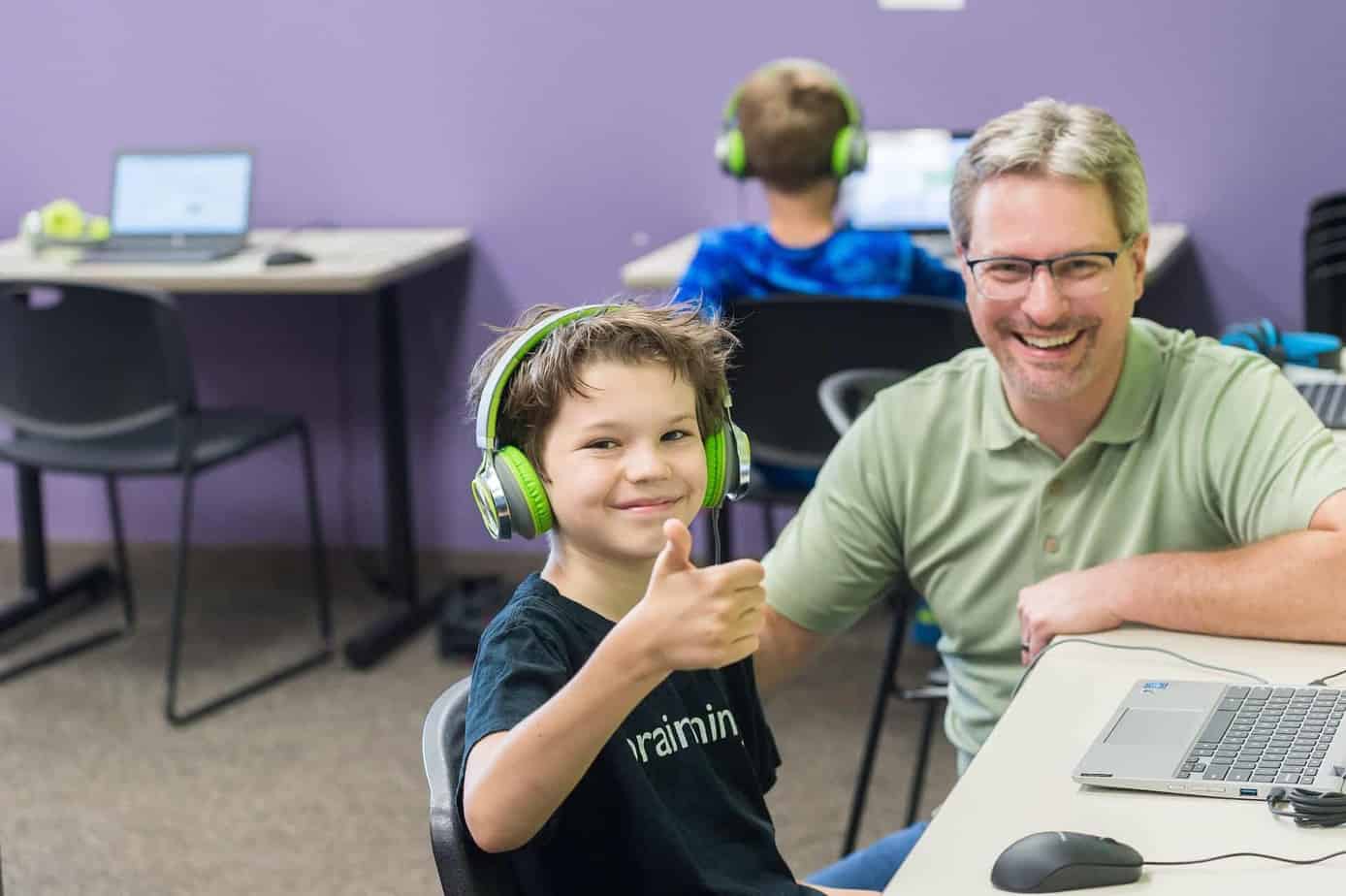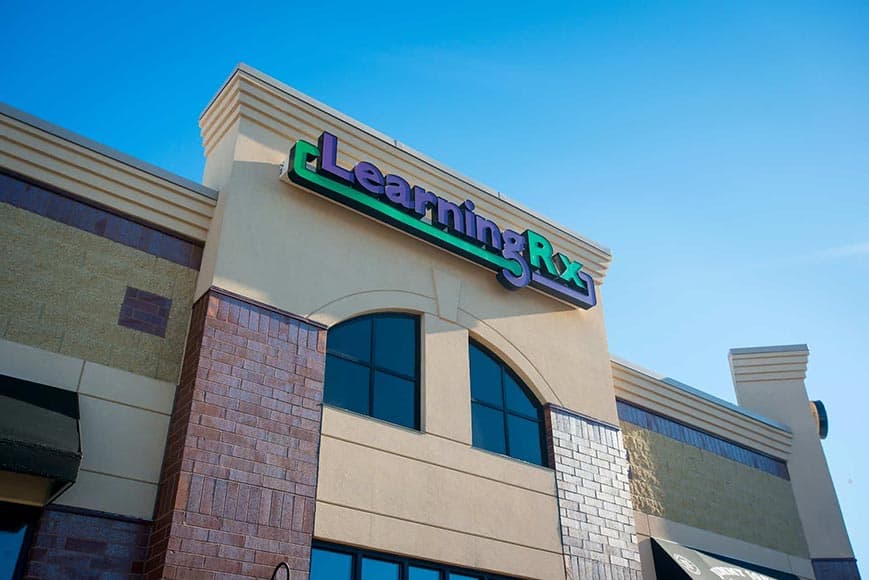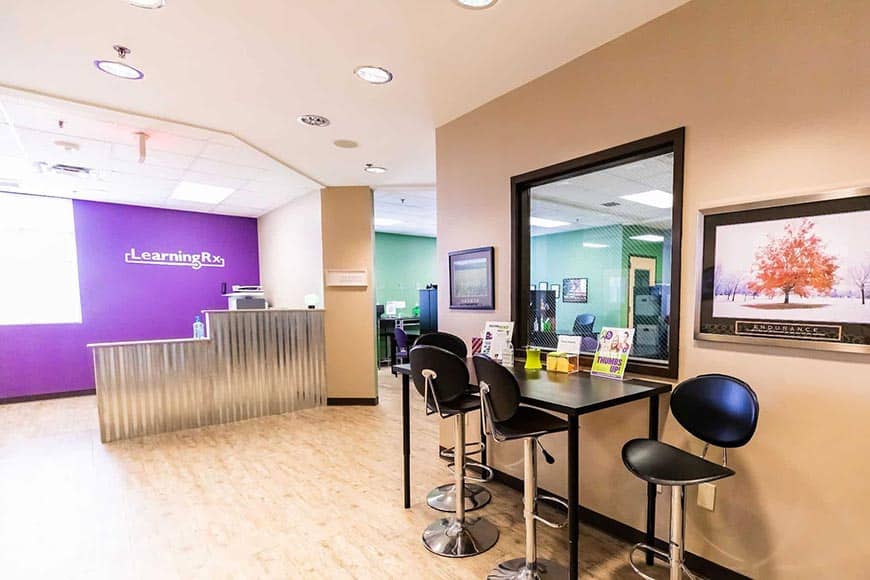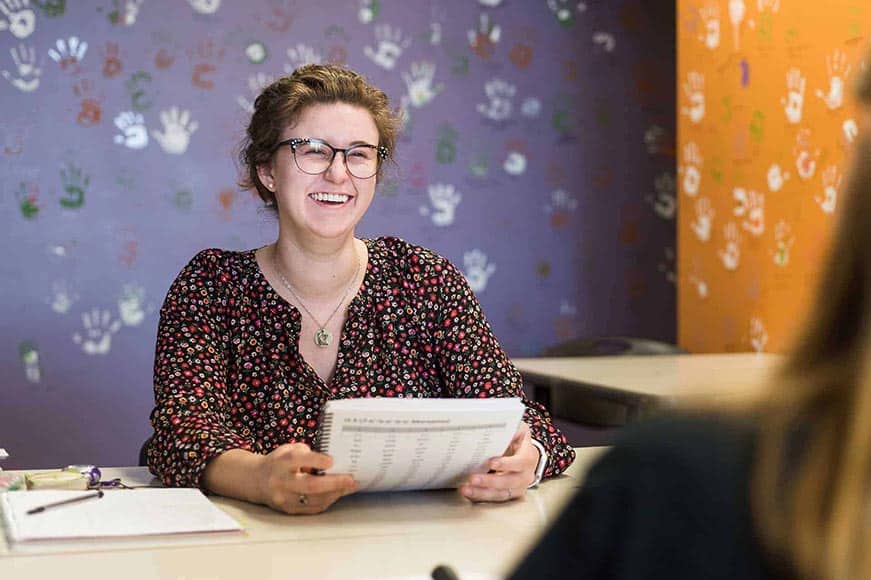Does Your Child’s Brain See Well? How Visual Processing Goes Beyond Eyesight
Visual processing is a critical skill for reading, comprehension, math and many other areas of learning. When you hear that term you may just think about your child’s eyesight, but the reality of this skill is much more complex. Visual processing is essentially what happens to the information your eyes send to your brain. If it’s weak, it’ll lead to many varied struggles in school and life.
What Are the Components of Visual Processing?
Visual processing is a large umbrella term that encompasses how your brain processes stimuli it sees. This includes puzzles, numbers, words, letters, directions, and so many other things we rely on for effective learning. Here are a few sub-categories that are helpful to understand:
- Visual discrimination (ability to recognize the differences and similarities between objects and categorize them accurately)
- Visual memory (remembering what something looks like, including words and numbers)
- Sequential memory (understanding the order or sequence of items, numbers, letters, words, etc. after viewing them)
- Visual figure ground (distinguishing and isolating an object in various environments)
- Visual form constancy (recognizing objects even in a different environment or angle)
- Visual closure (recognizing a familiar item, word, or picture when only part of it is shown)
What Does Weak Visual Processing Look Like?
Take a look at this list of experiences to see if any of them sound familiar:
- Frequently switching letters or numbers
- Trouble recognizing words, letters, and numbers
- Struggling to follow maps or directions
- Issues recalling sight words or remembering words they’ve recently read
- Trouble with spelling
- Slow note-taking
- Poor reading comprehension
- Trouble scanning for important information
- Getting easily overwhelmed by too many words on a page
- Struggling to find items in a cluttered or busy environment
- Problems with spatial relationships in puzzles and math activities
- Slow reading (lack of fluency)
- Awkward letter formation and bad handwriting
Many times, kids with weak visual processing will fall behind peers in their reading and other subject areas. But without knowing the real reason for the struggles, accommodations and interventions may not do anything to actually target this key skill.
How Can You Build Visual Processing Skills?
Visual processing skills won’t be fixed with glasses or eyesight correction. If it’s a true skill weakness, it has nothing to do with vision itself. The brain’s process of decoding visual stimuli is hindered in some way, and building these connections is how you’ll see improvement in the areas listed above.
At home, you can practice visual processing skills by doing puzzles, playing games, reading often, and doing activities like Spot It, Where’s Waldo, and Hidden Pictures. However, these tools alone are often not enough to really make any measurable difference in the skill.
Targeted brain training has helped thousands of individuals grow their cognitive skills—including visual processing. In a study with over 24,000 kids with a variety of diagnoses and learning struggles, clients gained an average of over 4 skill years in visual processing in approximately 24 weeks of training. While these results may vary, we’d love to talk with you about the ways brain training may help your child overcome their learning challenges!







